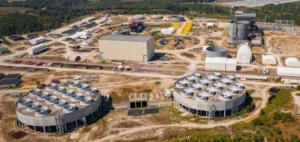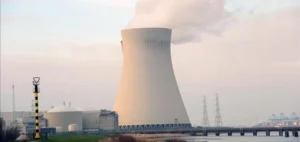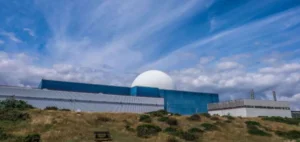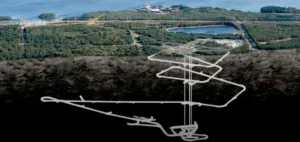At the Rooppur nuclear power plant construction site in Bangladesh, Rosatom is installing the containment dome.
Construction in progress
Roopur in the People’s Republic of Bangladesh is seeing the completion of the steel structures of the external containment dome for Unit 1. The upper part of the dome, weighing 100 tons and with a diameter of 34.4 meters, rises to 57.140 meters. In addition, it will reach 64.500 meters after the concreting of the dome.
Alexey Deriy, the vice president of ASE JSC – Director of the Rooppur nuclear power plant construction project, says:
“We have successfully completed the installation of the outer containment dome and will soon begin concreting it. After that, we can proceed with the installation of the passive heat removal systems (PHRS), which brings us significantly closer to the physical startup of the plant.”
Specialists from the Trest RosSEM branch, part of Rosatom’s engineering division, are working on the project. They actually perform the assembly, installation and concreting of the outer containment dome.
Indeed, the installation takes place in two steps. Thus, the installation of the lower part of the dome took place two weeks earlier. In addition, the lower part weighs 200 tons and has a diameter of 46.3 meters.
Russian reactors
Two VVER-1200 reactors with a total capacity of 2400MW equip the Rooppur nuclear power plant. It is being built according to the Russian design 160 km from Dhaka, the capital of Bangladesh. Rosatom announces that theRussian design with VVER-1200 reactors is successfully implemented.
The Novovoronezh nuclear power plant is equipped with VVER-1200 reactors. Rosatom says the Roopur plant will benefit from this technology. It is an evolutionary Generation III+ design that fully meets all international safety requirements.
According to Rosatom, Russian nuclear technologies compete with foreign technologies on the international market. More and more partners from friendly countries are choosing them. Despite the increasing complication of global logistics, Russian nuclear industry companies maintain their reputation as reliable suppliers.






















